The Philippine Institute of Volcanology and Seismology (Phivolcs) recently released comprehensive data pertaining to the effects of a massive earthquake in the Valley Fault System. The Valley Fault System (VFS) Atlas, which can be downloaded online on the agency’s website, contains a series of maps showing the barangays in Metro Manila that may be affected in the event of a mega earthquake.
From the Angat reservoir in Bulacan, the 90-kilometer West Valley Fault runs through Quezon City, Marikina, Pasig, Makati, Taguig, Muntinlupa, Rodriguez and San Mateo in Rizal, and Carmona, General Mariano Alvarez, and Silang in Cavite, and ends in San Pedro City, Biñan, Sta Rosa, Cabuyao, and Calamba in Laguna.
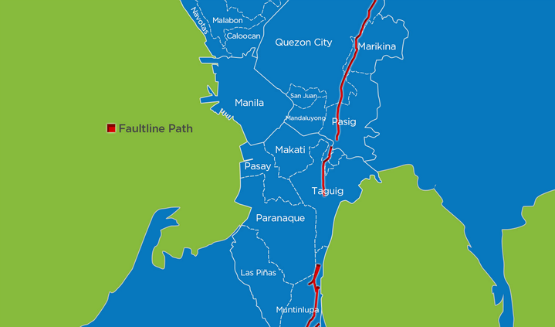
Should I Move to a new Home?
Early in 2014, National Disaster Risk Reduction and Management Council (NDRRMC) executive officer Benito Ramos was quoted as saying:
You cannot fight the wrath of nature, but you can always mitigate its impact.
Metro Manila is not the only mega city that is near or within a fault line. Just like in New York (Clarendon-Linden fault system, Ramapo Fault), California (San Andreas Fault) and San Francisco (Hayward Fault Zone) in the United States of America, for example, the building and development of Philippine infrastructure since 1992 has been guided by the National Building Code of the Philippines. These are a set of policies designed to ensure that real estate properties in the country are built to protect public health, general welfare, and safety of every residents, especially from natural disasters like earthquakes.
What does this mean? This means that your home, if built according to the country’s building code standards, is designed to reduce or lessen the effects of a major earthquake.
How Do I know if my Home is Safe?
Here are seven things to know whether the overall condition of your home is structurally good to withstand a major earthquake:
1. It was built after 1992.
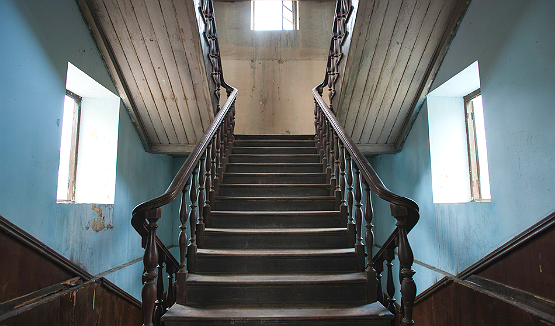
You’ll know if a house, townhouse or condo unit for sale is old if you examine the property’s visual character, architectural style, building materials and construction. To be sure though, verify with your building management or property developer about your home’s construction date.
2. Your home was built, repaired, or remodeled by professionals.

Developers and builders, especially the top real estate leaders in the country, put a lot of money, time and effort in building and developing properties for sale for homebuyers. This includes hiring experts from civil engineers, architects to land scientists to not only comply with the standards as dictated by the Building Code, but to ensure that the property being built is in accordance to the standards as dictated by their brand and reputation.
3. Your home was built at least five meters away from the actual faultline.
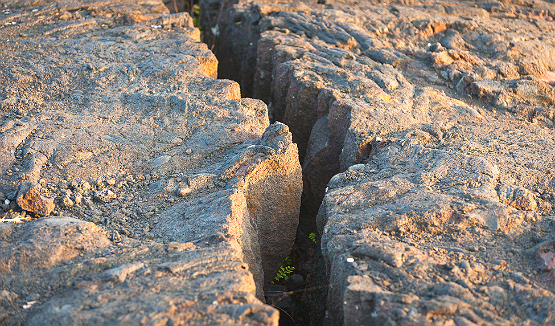
No responsible developer in their right mind would built a property that’s guaranteed to get swallowed up well before they realize their return of investment. As such, it is recommended that properties are built on hard rock or stiff soil.
Update: The Housing and Land Use Regulatory Board (HLURB) now require subdivision developers to secure certification from Phivolcs to ensure that their real estate projects are not built or to be built near a fault.
4. Your home is a box type or rectangular shape variety.
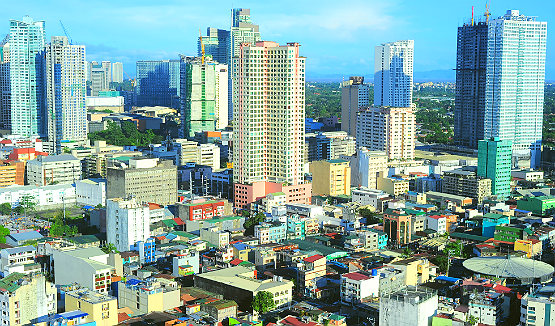
According to the disaster awareness material prepared by Phivolcs and the Association of Structural Engineers of the Philippines (ASEP) under the Japan International Cooperation Agency (JICA), homes with simple, box-like architecture are more disaster-resistant as compared to irregularly-shaped homes. Irregular-shaped homes are real estate properties that typically have space extensions that do not conform with the Building Code (ex. a second floor level on top of the roof of an open-space garage with slim columns.
5. Your home is made of reinforced concrete and other durable materials.
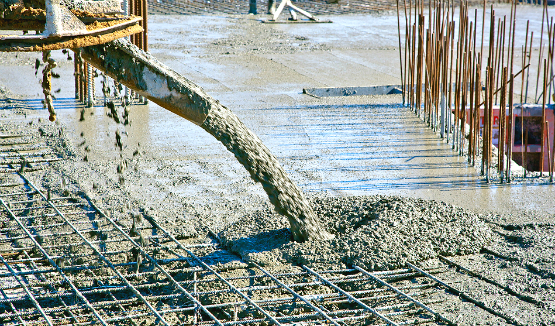
The materials used in the construction of your home will tell you the extent of structural damage it will experience in case of an earthquake. A house, townhouse or condo building with the foundation, walls, columns and other structure points built on reinforced concrete (concrete + steel bar mesh) is far more stronger than a home constructed on concrete and low tensile strength materials (ex. plywood).
6. The size and spacing of your home’s walls are according to building regulations.
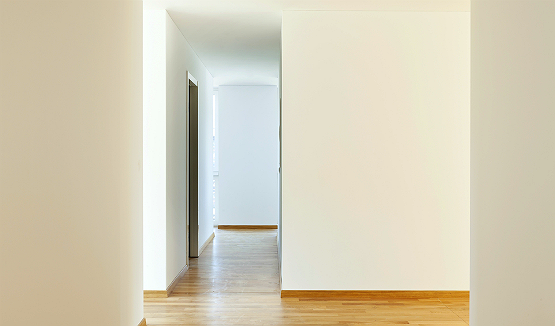
According to the Building Code of the Philippines:
- your home’s exterior walls should be 6 inches (150 millimeters) thick;
- the unsupported walls (or walls that do not have a support wall perpendicular to it) are not more than 3 meters wide;
- if your home has triangle roofing, your gable wall is made of brick or stone, or is properly anchored.
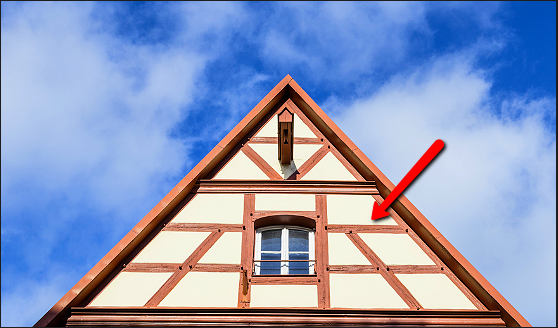
7. Your home fixtures passed the home inspection punchlist.

What’s the point of having a disaster-resistant home when your electrical wiring can cause a fire, for example? Take an hour or two to inspect the interiors of your home using our punchlist to ensure that your home remains a safe dwelling in case you are unable to go out in case of an earthquake.
Act NOW
In the last few years, Phivolcs under director Renato Solidum has been stressing the need for the public to be conscious of the potential disaster and act to make their homes more resilient to it.
He said in a news interview,
Ang hirap pagkatapos ng disaster sa dami ng nasalanta, sa dami ng namamatay. Pero mababawasan ito kung tayo mismong mga private citizen, ay inaayos na rin natin ang ating mga tinutuluyang mga bahay at mga gusali. Otherwise, it will be overwhelming.
Detailed Maps of West Valley Fault in Metro Manila
1. Quezon and Marikina to Pasig
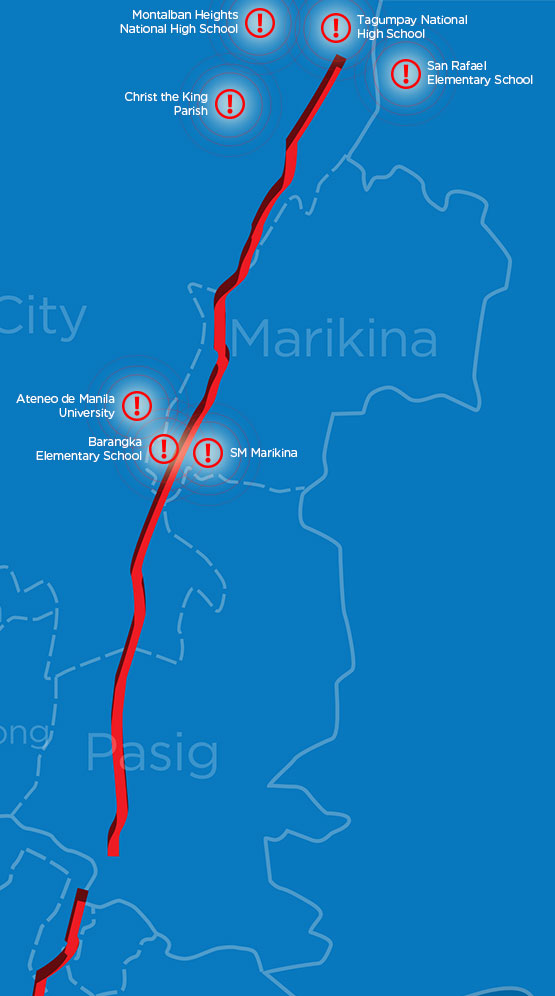
2. Pasig to Makati and Taguig
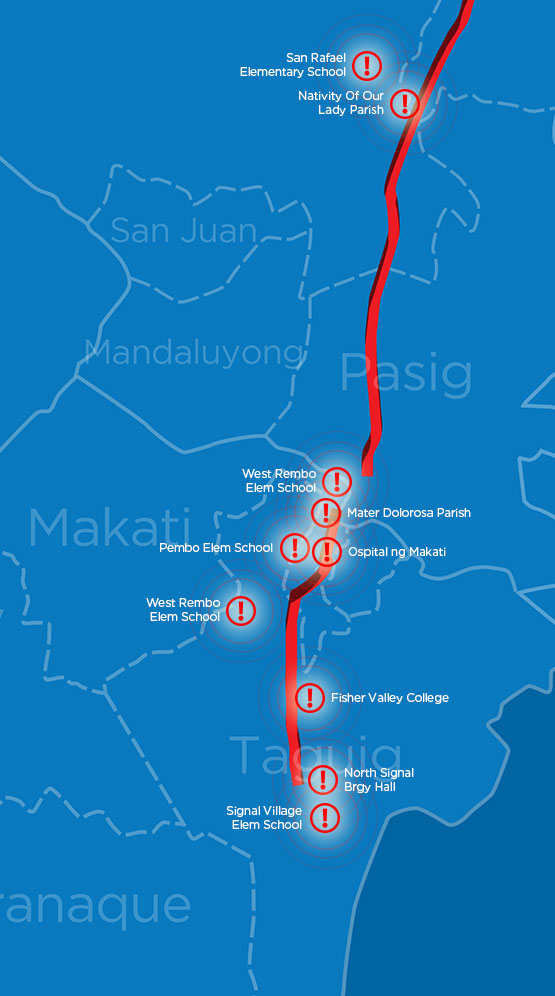
3. Muntinlupa

Thinking of buying a real estate property that’s not in any of the named cities near the fault line? Check out these townhouses for sale located in San Juan.
Like What you've read?
-
Ferdinand Marte
-
Rizza Estoconing Sta Ana
-
-
Rhoma Escasio
-
Rizza Estoconing Sta Ana
-
Rizza Estoconing Sta Ana
-
-











